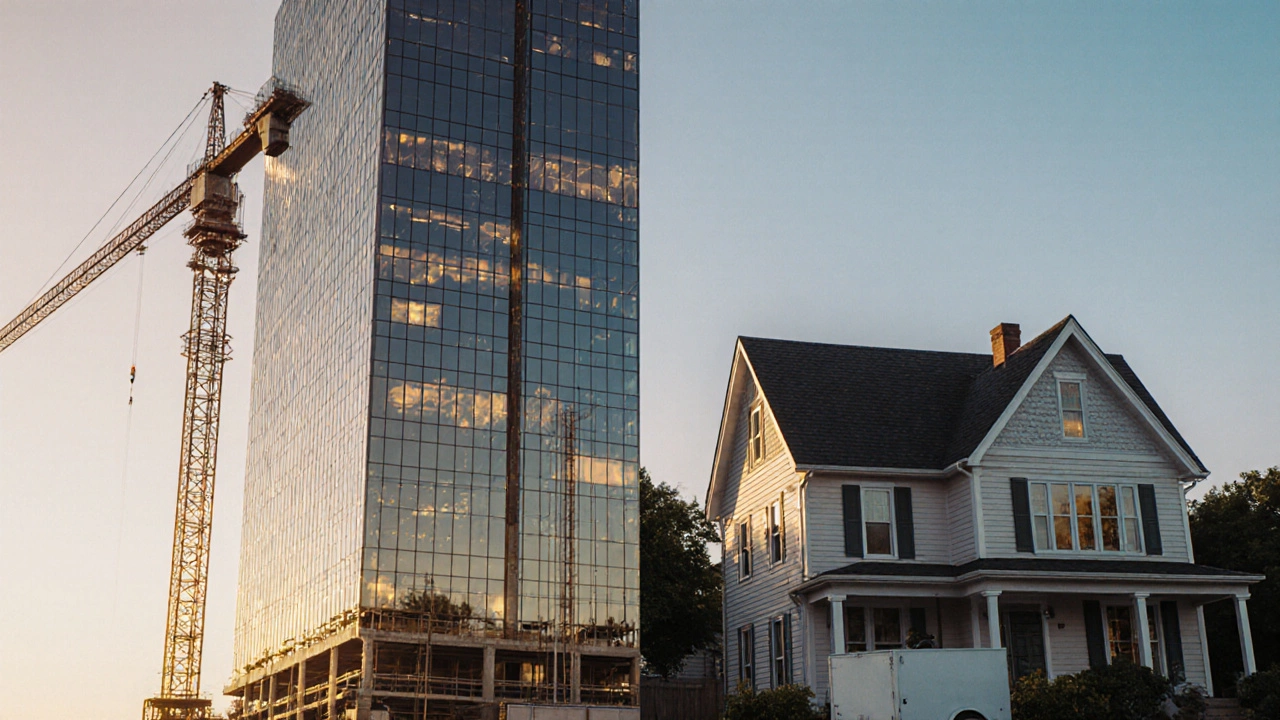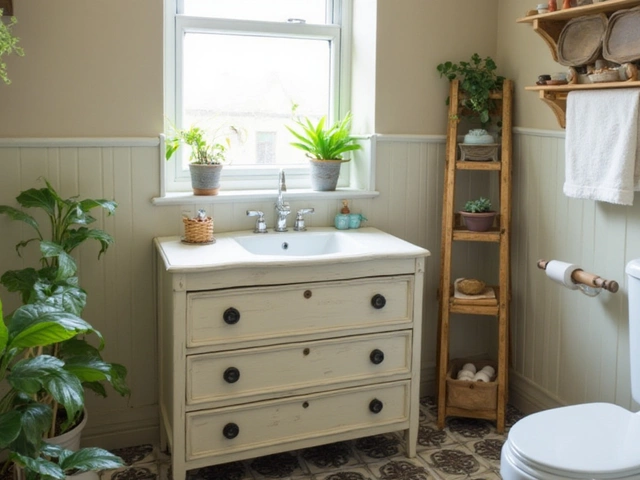Return on Investment in Construction, Property & Renovations
When working with Return on Investment, the measure of profit relative to the cost of a project. Also known as ROI, it helps investors decide whether a build, a remodel, or a purchase is worth the cash outlay. Return on investment isn’t just a number; it tells you how quickly money comes back and how stable future earnings might be. Knowing this metric early can prevent wasted spend and steer you toward projects that actually add value.
Why ROI Matters for Commercial and Residential Assets
One of the biggest ROI debates pits Commercial Property, buildings used for business activities like offices, retail or warehouses against Residential Property, homes and apartments meant for people to live in. Commercial Property typically demands higher upfront capital, but its leases often bring steady, higher cash flow, which can push ROI into double‑digit territory. Residential Property, meanwhile, offers lower entry costs and can be easier to finance, but market swings affect resale value more sharply. Understanding that return on investment encompasses both cash flow and appreciation lets you match the asset type to your risk tolerance and timeline.
Another layer is the role of Renovation ROI, the profit gained from improving a property compared to the renovation expense. Simple upgrades—like new flooring, fresh paint, or energy‑efficient windows—often deliver a quick boost in resale price, sometimes exceeding the cost by 150 % or more. More extensive remodels, such as kitchen overhauls or foundation repairs, can still be worthwhile if they address structural issues that protect long‑term value. The trick is to weigh the improvement cost against the expected market uplift and the time it takes to complete the work.
Materials matter, too. High‑quality limestone from local quarries, for instance, offers durability that reduces future maintenance, indirectly improving ROI by lowering long‑term expenses. On the flip side, cheap, low‑grade products might save money now but can erode profit later when they need replacement. Choosing the right material is a classic cost‑benefit decision that directly feeds into the ROI equation.
Financing choices also shape the final return. A low‑interest loan can improve cash‑on‑cash ROI, while a higher‑rate loan reduces net profit even if the project itself is sound. Risk factors—like zoning changes, market demand shifts, or unexpected site conditions—must be factored into any ROI calculation. Ignoring these variables often leads to inflated expectations and unpleasant surprises down the road.
The articles below dive deep into each of these angles. You’ll find a step‑by‑step guide on painting new builds, a comparison of common construction materials, a clear breakdown of commercial vs residential investment pros and cons, and practical tips for getting the most bang for your buck on home renovations. Whether you’re a first‑time buyer, a seasoned developer, or a DIY homeowner, the collection gives you the facts you need to assess and boost your return on investment.
Ready to see how these concepts play out in real‑world projects? Scroll down for detailed guides, checklists, and expert advice that will help you turn numbers into confident decisions.
Commercial vs Residential Construction: Which Is Better?

Explore the key differences between commercial and residential construction, covering costs, permits, timelines, ROI, and best-use scenarios to help you choose the right project.
read more



